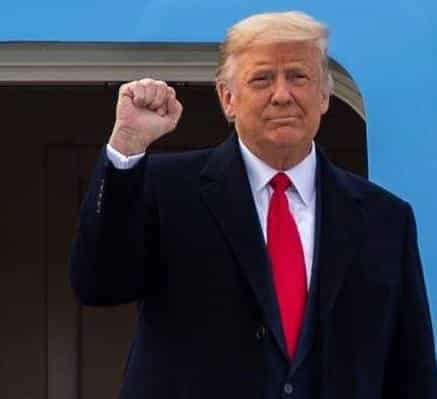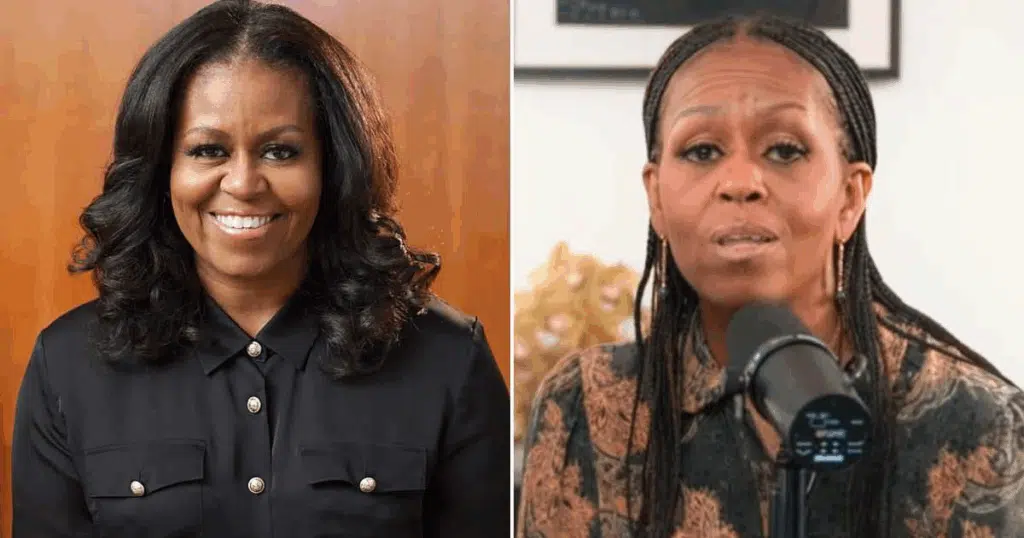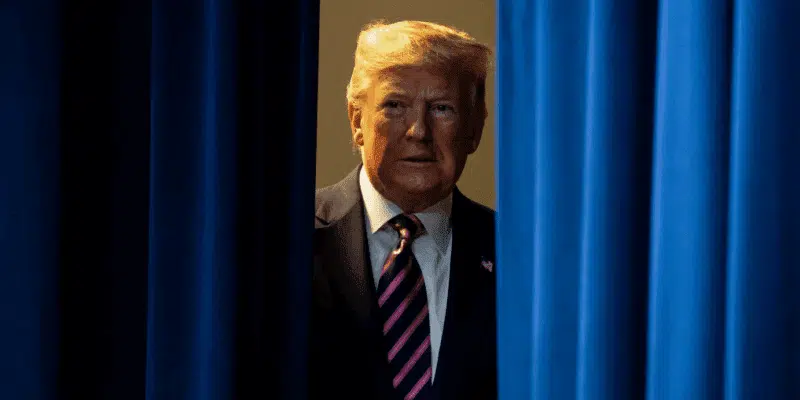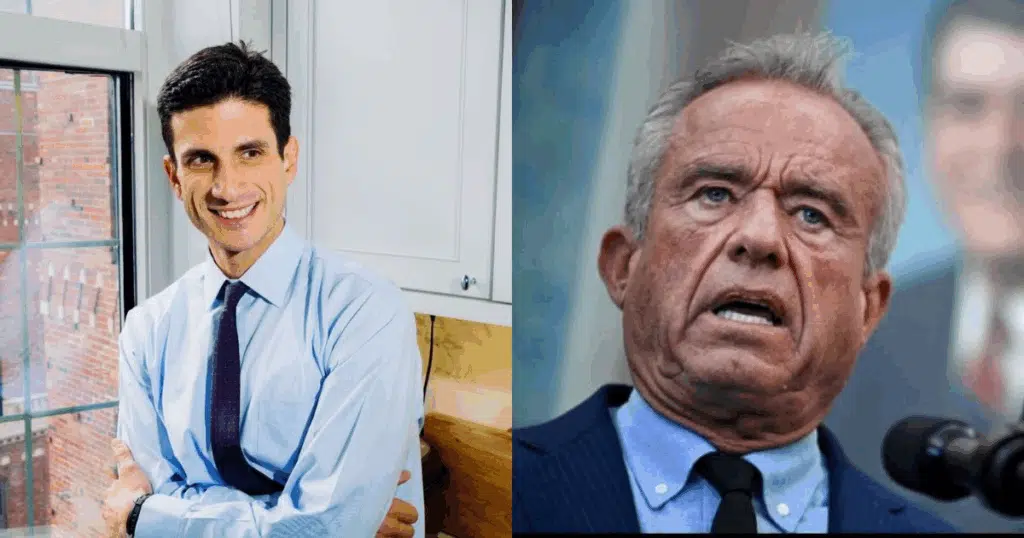
Supreme Court Hands Trump Win in Fight Against Rogue Administrative State
As Americans began to prepare for Memorial Day weekend, the Supreme Court quietly handed President Donald Trump a significant victory in the fight to rein in the rogue D.C. bureaucracy.
In a short, two-page order, the Court stayed a district court order that directed Trump to reinstate two federal officials whom he had fired.
Chief Justice John Roberts and Justices Clarence Thomas, Samuel Alito, Neil Gorsuch, Brett Kavanaugh, and Amy Coney Barrett voted for the stay. Justices Elena Kagan, Sonia Sotomayor, and Ketanji Brown Jackson dissented.
The obvious effect is that the two officials—Gwynne Wilcox and Cathy Harris, whom Trump removed from the National Labor Relations Board and the Merit Systems Protection Board respectively—cannot retake their positions in either agency unless they win their lawsuits.
The implications, however, are far more sweeping.
From its inception during the Progressive era, the administrative state was designed to give technical specialists broad policymaking power and even broader discretion to use that power. Progressives, such as President Woodrow Wilson, believed that important matters of state should not be left to the political process, but should instead be decided by subject matter experts who should be insulated from removal by those who appointed them and unaccountable to the people who elected those who appointed them.
The result was that unelected federal bureaucrats would enjoy the ability not only to control national policy in a whole host of areas, but to do what they want regardless of who controls Congress or occupies the White House.
Of course, Progressives conceded when casting the vision for this form of administrative governance, that bureaucrats should and often would consider the views of the American people, Congress, and the president as expressed through legislation, directives, and votes. But bureaucrats would retain the discretion to act contrary to those views when they think it in the best interest of the country to do so.
That mindset lies at the heart of the administrative state. And it has pervaded the D.C. bureaucracy for decades.
It’s no wonder that scores of bureaucrats had the gumption after the 2024 election to say that they would disobey Trump if they disagreed with his policies or directives.
But this mindset, as well as the Progressive enterprise of administrative government, are incompatible with the U.S. Constitution.
The Constitution establishes a structure of government—not a list of amorphous principles.
Article I of the Constitution lists the specific legislative powers that Congress possesses. Article II declares that the executive power is vested in the president.
Part of that executive power, Article II then explains, is to appoint officers to assist the president in doing his job and implementing his policies. There’s only one limit: to appoint certain high-ranking officers, the president must obtain the Senate’s advice and consent.
In 1926, Chief Justice (and former President) William Howard Taft, writing for a majority of the Supreme Court in Meyers v. United States, reached the unsurprising conclusion that under Article II, removal of federal officers is an inherently executive function that cannot be limited by Congress. Taft obviously knew a lot about executive authority and the need to ensure that in terms of accountability, the buck would stop with the president, not with insulated executive branch officials whom the president could not remove absent malfeasance by those officials.
Nearly a decade later, however, the Court repudiated that common sense reading of Article II. In 1935, in Humphrey’s Executor, the Court held that Congress could create a multimember federal agency, insulate the agency from political control by restricting the president’s power to remove the agency’s officials and, in some instances, then enable the agency to promulgate and defend rules without so much of a by-your-leave from the White House.
So much for settled precedent.
Humphrey’s Executor is but one pillar in the Progressive’s constitutional revolution. But it is a central one that insulates federal officials from political accountability.
Or rather, it was.
Recently, the Supreme Court has begun returning to a more textually faithful reading of Article II.
In Free Enterprise Fund v. Public Company Accounting Oversight Board(2010) and Seila Law LLC v. Consumer Financial Protection Bureau (2020), the Court struck down limits on the president’s removal powers on the grounds that they transgressed Article II.
Although the Court left Humphrey’s Executor in place in both decisions, its Thursday order in Trump v. Wilcox suggests that Humphrey’s Executor is on life support and its demise may be imminent.
For starters, the order did not address whether Humphrey’s Executorapplies to Trump’s removal of Wilcox and Harris. In fact, the order did not mention the case even in passing.
Rather, in language reminiscent of Chief Justice Taft’s Meyers opinion, the Court declared that the president has inherent authority under Article II to remove executive officials who exercise executive power.
And, the Court added, Trump is likely to show that both the National Labor Relations Board and Merit Systems Protection Board “exercise considerable executive power.”
That said, the Court noted that exceptions still exist, but it returned to the lower court the question of whether any of those exceptions apply here.
As Justice Kagan noted in dissent, though, that makes no sense because those exceptions are the progeny of Humphrey’s Executor—unless, of course, the Court is about to substantially limit Humphrey’s or overrule it outright.
On that point, she is probably right—even if much of her nine-page dissent otherwise sounds more in Progressive policy than in the original meaning of the Constitution.
The Court could not have approved of Trump ignoring what it previously said was a constitutional restriction on his removal power unless the majority thinks that Humphrey’s Executor is effectively dead.
On top of that, the Court essentially declared that regardless of whatever statutory restrictions Congress places on a president’s removal authority, if an executive official exercises executive power, that official can be removed by the president, period.
At the end of the day, Humphrey’s Executor may still be on the books, but it is hard, if not impossible, to square what the Court said and did in Trump v. Wilcox with what it said nine decades ago.
The order in Trump v. Wilcox is a welcome step in the fight to rein in the administrative state and to restore robust separation of powers. But it is only one step. Another is to end administrative lawmaking, such as by reviving the non-delegation doctrine, which would prevent Congress from giving its lawmaking power to executive agencies.
But that is a fight for another day. In the meantime, though, just as it did last year in Loper Bright Enterprises v. Raimondo, the Supreme Court appears to be putting another nail in the coffin of the Progressive vision of an unencumbered and unaccountable administrative state.



